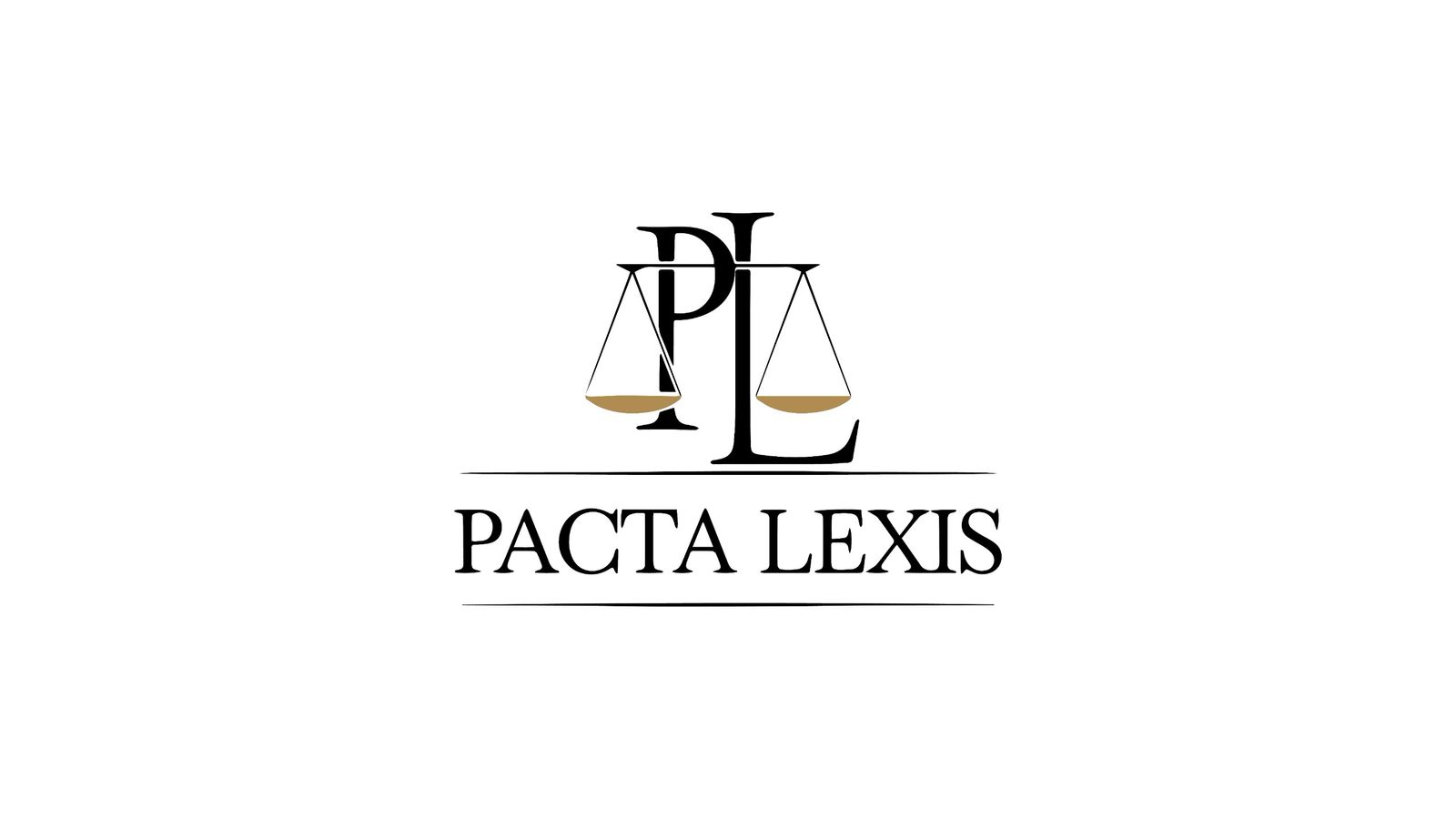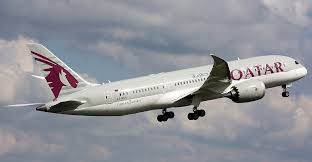Introduction
International arbitration has become the dispute resolution mechanism of choice for industries with high-value contracts, complex regulatory oversight, and global implications. Among the sectors where arbitration has played a defining role, aviation is particularly prominent, given the enormous financial stakes, the safety-sensitive nature of services, and the interdependence of airlines and manufacturers.
The dispute between Qatar Airways and Airbus over the A350 aircraft represents one of the most high-profile arbitration cases in recent years. It provides valuable lessons on the intersection of arbitration with regulatory frameworks, technical expertise, and global commerce. This case report examines the background, arbitration process, settlement, and the broader implications for international arbitration.
Background of the Dispute
Qatar Airways is one of the world’s largest and most prestigious airlines, while Airbus is one of the two leading aircraft manufacturers globally, competing head-to-head with Boeing. In 2021, a dispute arose when Qatar Airways reported surface degradation issues in Airbus’s A350 aircraft. Specifically, paint erosion was alleged to have exposed the copper mesh layer that forms part of the lightning protection system. Qatar Airways argued that this created potential airworthiness risks, prompting the airline to ground more than 20 aircraft.
Airbus, however, maintained that the issues were cosmetic rather than safety-critical. The European Union Aviation Safety Agency (EASA), the relevant regulator, also did not declare the A350 unsafe. This divergence of opinion placed the dispute not only in the realm of commercial conflict but also in the regulatory and technical space.
When Qatar Airways refused to take further deliveries of A350s, Airbus retaliated by canceling contracts, including a separate order for the A321neo — an aircraft critical to Qatar Airways’ expansion strategy. The financial stakes were immense, with the dispute valued in the billions of dollars.
Commencement of Arbitration
The contractual agreements between Qatar Airways and Airbus contained arbitration clauses under English law, with the London High Court also playing a parallel role for interim relief. This hybrid arrangement reflects a growing trend in international contracts where arbitration is supplemented by court jurisdiction for urgent measures.
The dispute was formally brought to arbitration in London, with Qatar Airways seeking compensation for grounded planes, delayed deliveries, and reputational harm. Airbus countersued, arguing that the airline’s refusal to accept deliveries was commercially unjustified.
Key Issues in Arbitration
- Airworthiness and Safety Concerns
- Qatar Airways framed the dispute as a safety issue, grounding aircraft and publicizing its concerns.
- Airbus countered with EASA’s findings, which supported its claim that the aircraft remained safe.
- This raised the challenge of arbitrators evaluating complex engineering evidence and regulatory assessments — a task demanding highly specialized technical expertise.
- Contractual Performance and Remedies
- At the heart of the dispute was whether Airbus had breached its contractual obligations by delivering allegedly defective aircraft.
- Questions of contractual remedies, including the right to suspend acceptance of aircraft and claims for damages, were central to the proceedings.
- Commercial Retaliation
- Airbus’s cancellation of the A321neo contract was viewed by many as retaliatory.
- The arbitration tribunal had to examine whether such cancellation was lawful under the contractual framework or a breach of commercial good faith.
- Damages and Reputational Loss
- Qatar Airways claimed not only direct losses (operational disruptions, grounded aircraft) but also indirect damages, including reputational harm in the aviation industry.
- Calculating such damages posed difficulties, particularly as reputational losses are rarely quantifiable with precision in arbitration.
Procedural Dynamics
The arbitration was marked by several unusual features:
- Expert Testimony: Aviation engineers, materials scientists, and paint manufacturers were brought in as expert witnesses. Their reports were central in determining whether the alleged degradation constituted a safety defect.
- Parallel Court Proceedings: The London High Court played a role in addressing interim applications, including Qatar Airways’ bid to prevent Airbus from reallocating its A321neo slots to other airlines.
- Confidentiality vs. Public Interest: Despite arbitration’s confidential nature, the public and regulatory interest in aviation safety meant that aspects of the dispute were widely reported in global media.
Resolution and Settlement
In February 2023, shortly before arbitration hearings were set to intensify, both parties announced that they had reached an amicable settlement. Key features of the settlement included:
- Airbus reinstated the A321neo order for Qatar Airways, a major win for the airline’s fleet strategy.
- The dispute over the A350 aircraft was resolved confidentially, with neither party disclosing financial or technical terms.
- Both companies emphasized a desire to preserve their long-term commercial relationship, underscoring that arbitration often serves as a bridge to settlement rather than a final determination.
Lessons for International Arbitration
- Technical Expertise is Essential
Arbitration involving high-technology industries requires arbitrators who can grapple with complex technical issues. Without such expertise, tribunals risk being overly dependent on expert witnesses, potentially skewing the balance. - Hybrid Dispute Resolution Mechanisms
This case illustrates the effectiveness of combining arbitration with court oversight for interim relief. Parties to major contracts are increasingly drafting dispute resolution clauses that provide flexibility for both arbitration and litigation. - Commercial Leverage in Arbitration
Arbitration can function as a strategic tool. In this case, both parties used the process as leverage to achieve a negotiated settlement while preserving reputational and commercial interests. - Confidentiality vs. Transparency
The confidential nature of arbitration clashed with the public interest in aviation safety. This tension is likely to recur in other sectors with public safety implications, such as pharmaceuticals and energy. - Settlement as the Real Endpoint
Many high-value arbitrations conclude not with an award but with settlement. Arbitration thus serves as a structured negotiation platform, rather than a purely adjudicative mechanism.
Broader Implications for Arbitration in the Aviation Sector
The Qatar Airways v. Airbus case signals important trends for the aviation industry:
- Future Contracts: Airlines and manufacturers may increasingly draft more detailed clauses addressing technical defect disputes, delivery suspensions, and reputational damages.
- Regulatory Integration: Arbitration proceedings cannot be divorced from regulatory findings, especially in industries where safety oversight is critical.
- Global Commercial Relations: The case demonstrates how arbitration provides a neutral forum for disputes between entities from different jurisdictions, preserving commercial ties even amid conflict.
Conclusion
The Qatar Airways v. Airbus arbitration was not just a commercial battle between two industry giants but also a test of arbitration’s adaptability in addressing complex technical and regulatory issues. While the dispute concluded with a settlement, the arbitration process provided the structured environment that enabled resolution.
For practitioners and students of arbitration, this case underscores the importance of technical expertise, hybrid dispute resolution mechanisms, and the role of arbitration as both adjudicative and facilitative. As aviation and other high-technology sectors continue to grow, arbitration will remain a central tool for navigating disputes that combine legal, technical, and commercial complexities.
Author:
Dr. Alexander Reid, Senior Contributor to Pacta Lexis Arbitration Reports.














